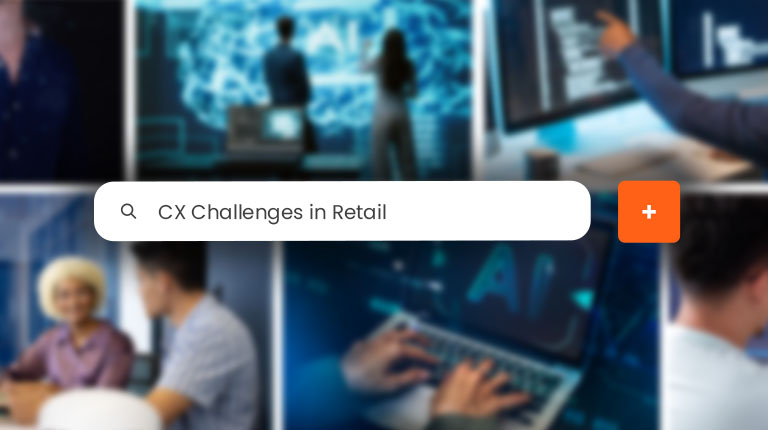What is the Peak-End Rule?
Barbara Frederickson and Danie Kahneman conducted a research based study in 1993 that proved that the human memory is, in fact, imperfect. They discovered that humans don’t actually recall events in their entirety, but rather the snapshots of the most intense moments become a memory. They discovered this by submerging participants hands in freezing water for 60 seconds. In Round 2, they repeated a full 60 seconds in the freezing water, but followed it up immediately with an additional 30 seconds of water that was only 1 degree warmer.
When asked which round participants would want to redo the scientists thought it was obvious- they would select the shorter round, which only lasted 60 seconds. Wrong. Shockingly, participants selected Round 2, which was longer and more uncomfortable than the first session. The reason why participants preferred the more painful experience is because of the peak-end rule. The experience of having slightly warmer water outweighed the negative sensations of first having their hand in the freezing water. The improvement in temperature, albeit small improvement despite the longer duration of the experience was what was memorable to the participants.
The peak-end rule states that people generally judge an experience based on how they felt at its peak- whether it was positive, or negative- and the end or conclusion of the experience. They don’t take into account the experience in its entirety, but rather focus and recall the most memorable and extreme snapshots.
Take marathon training for an example. After a grueling schedule including high mileage runs, it’s race day. Runners line up at the start- line pumping with adrenaline and anticipation for the race they have prepared for. However, when asked about the race, most runners will only recall their highest or lowest point and the sensation of crossing the finish line. Maybe they had a bad cramp at mile 18, or they were invigorated for the crowd that was congested at the halfway point. Those are the “peaks” in their race day, ending with the massive feeling of accomplishment when they ran across the finish line. It isn’t the months of intense training and conditioning that they reflect on, it’s the Peak and the End of their experience.
If people only recall the highs or lows of an experience, what does that mean for companies focused on their customer’s experience?
Well, this is actually good and bad news- but rest assured, there are ways for enterprises to use the peak-end rule to their advantage.
Customers often make a call to brands once they are already frustrated and exhausted from attempts to self-serve. They likely have checked FAQs, searched the web for answers, or even engaged with a less-than-satisfying chat bot to search for an answer to their inquiry. After failing to solve their problems on their own, customers resort to calling and when this happens, they want an efficient and conversational response.
According to our data, 60% of baby boomers are frustrated by long wait times and 57% get irritated at having to repeat themselves. Of course millennials feel the same, 45% and 36% feel frustrated with repetition and wait times, respectively. If everyone is frustrated by long queues and repetition, why not eliminate these pain points completely? Thankfully, Intelligent Virtual Assistants are here to help. They are able to counteract a negative start to an interaction with efficient and pleasant customer care.
IVAs eliminate wait time, so customers no longer have to deal with lengthy queues before getting started even when there are massive but unpredictable spikes in volume. Customers are instantly greeted with “How May I Help You” easing the stress and frustration of failed self-service.
How do you create a positive peak in CX?
Customers are often upset- there may be an outage, or a faulty product that needs troubleshooting, or even difficulty making a payment. That’s where IVAs come in- they are never stressed, never bored by the mundane, always have a good attitude, and available around the clock. In fact, they act like your best agent every time. Having an IVA deployed in a customer care setting ensures a consistent positive experience for every customer interaction.
And, because of the scalability of IVAs they learn quickly due to the volume of calls they receive. IVA learn from prior experiences and are able to predict patterns to better proactively serve customers. IVAs can mitigate the stress level of a customer and create a positive ‘peak’ by correctly authenticating the individual, determining intent, and routing to the correct call flow. This means that customers are never stuck in a never-ending and maddening conversation with an unhelpful chatbot or IVR. They are supported quickly and efficiently and are on the way to resolution in no time.
What can IVAs do for the ending of the experience?
With effective automation, no wait times or repetition, and engaging human-like conversations, IVAs will transform a negative peak, into a positive one. What’s even more important, though, is that IVAs also help close the ending of an experience with positivity. Customers have their problem solved quickly without having to deal with DTMF systems or constant repetition- they don’t necessarily care how a problem is resolved, just that it happens quickly with minimal frustration. And, IVAs are able to achieve this for customers, allowing them to hang up and end conversations with effective resolutions leaving them satisfied and ( dare I even say) happy.
If customers only recall snapshots of an interaction, it’s important to make them worthwhile and positive, and IVAs are here to help.
To hear our IVA in action ( and ensuring the peak-end rule is positive) click the “hear it in action” button on our homepage



